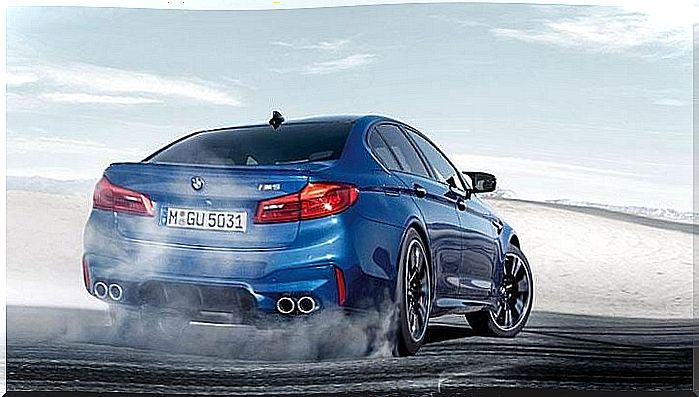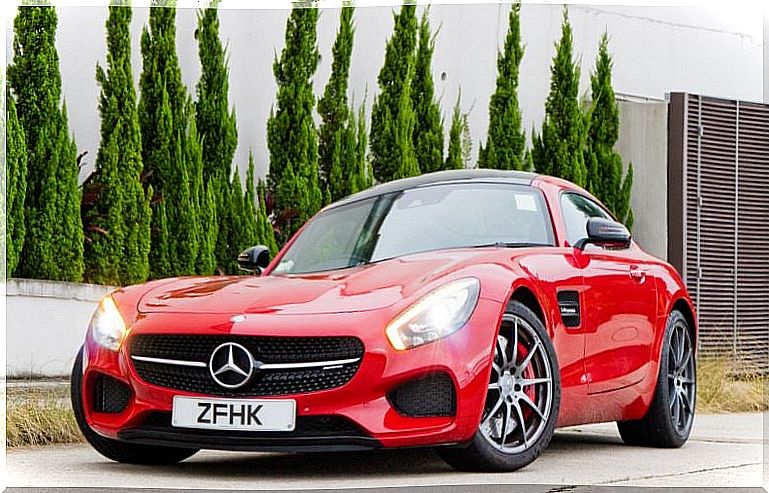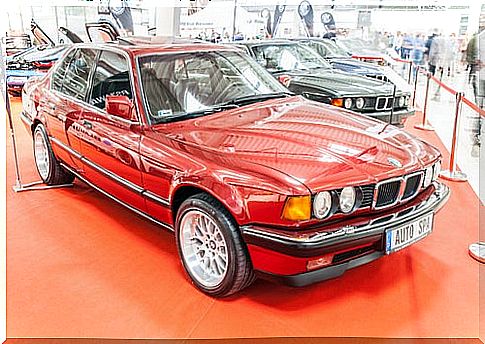The Pact Of The Limitation To 250 Km / H Of Maximum Speed In Germany

The world of motorsports is full of curiosities, some around a manufacturer and others about a regulation exclusive to a specific country. We recently talked about the latter, specifically about the limitation of maximum power to 280 hp in Japan. Today we will talk about the limitation to 250 km / h of maximum speed that is imposed in Germany.
As already happened in the case of the Japanese country, the reason why such restriction was implemented was motivated by road safety and a pact between the manufacturers of the German country. But, what was the real cause for applying such a limitation without the need for a law involved?
Safety and Autobahn without limits
The environmental party in Germany, during the 1970s, was gaining strength, and to reduce pollution it tried to enforce speed limits on the Autobahn. For those of you who don’t know, these highways are famous for having no speed limits; For the safety of the drivers, it is usual to drive where it touches, on the right.

This limitation was also advertised as a way to reduce the accident rate on the road, which was increasing thanks to increasingly powerful cars. By way of prevention it was a logical move, but the manufacturers took action to avoid all this and eliminate a possible rivalry factor with the rest of the brands in the future.
This last factor is quite important for the brands, since if an agreement was reached , an absurd power war would be avoided to see who developed the fastest car. Luckily for everyone, none of this happened.
Solution: limitation to 250 km / h maximum speed
With cars getting closer and closer to the 250 km / h barrier, the alarms went off for everyone, government included. Thus, with the intention of satisfying the government with the reduction of accidents and to avoid the aforementioned war of power, most of the German manufacturers met in order to agree on a limit that would not harm anyone.
Said and done. All the brands present reached an agreement and a limitation to 250 km / h of maximum speed would be implemented, which, initially, would apply to all cars manufactured. This pact has not been signed anywhere, so it could be skipped at any time.

To some extent, something like this has ended up happening. While the bulk of the cars produced still have this limitation, the most important versions of each brand do not fall into the group of cars affected, so we can find a Mercedes-AMG GT at more than 300 km / h.
On the contrary, manufacturers like BMW are faithful to the limitation in all their models, from a sports i8 to a powerful M5. On the other hand, there are models that, although they are limited by default, have optional packages with which you can increase the top speed and even disconnect any limitation: Audi or Mercedes offer it.
The result of all this has been satisfactory for all. The brands do not sell cars capable of reaching speeds that are too high – worthy of a racing driver – and the much-loved Autobahn have retained their characteristic of allowing free speed.









